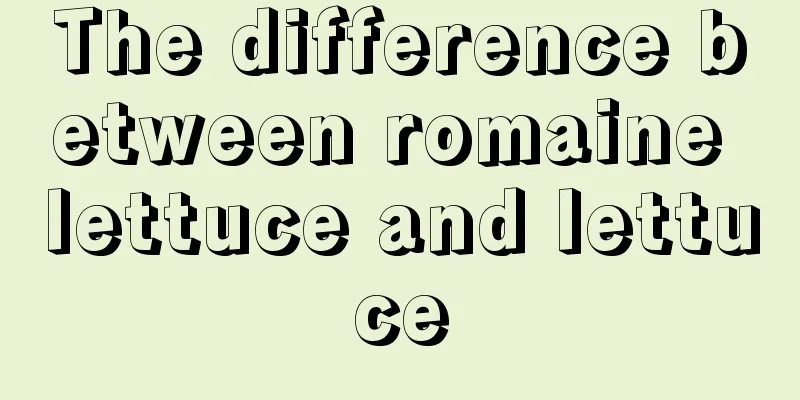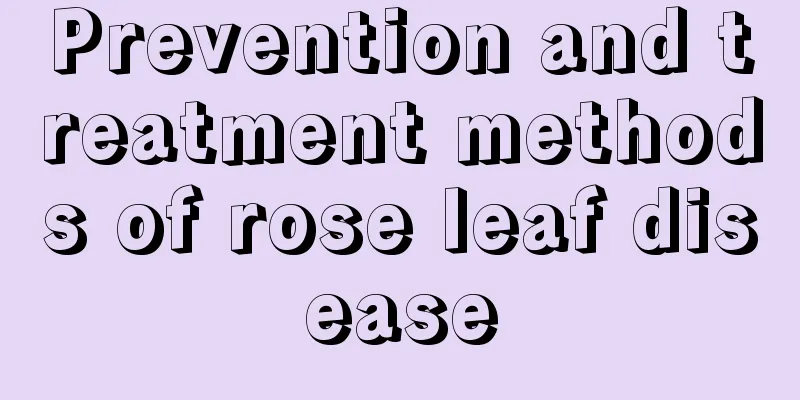The efficacy and function of tuberose

Economic ValueTuberose, as the name suggests, is a fragrant plant. It is also the raw material for extracting essences. In fact, tuberose and night-blooming jasmine are the same thing. The main ingredients of tuberose extract are geraniol, nerol, neryl acetate, methyl benzoate, methyl anthranilate, benzyl alcohol, farnesol, eugenol and tuberose ketone. When used in food, it can give the food a unique tuberose smell. It can also be used to make some scented daily necessities. For example, you can add some tuberose extracted essence to perfume and soap in appropriate amounts. Ornamental valueThe leaves of tuberose are transparent and the petals are white, giving people the feeling of a beautiful girl next door. It is fragrant and clean, with a subtle aroma. In the midsummer, it can give people a beautiful enjoyment. Tuberose has long flower stems and upright scapes that are 40-90 cm tall. It has a long flowering period and the flowers are opposite, white, and arranged in relatively long spikes. It is an important material for cut flowers as well as a beautiful flower for arranging flower beds. Medicinal valueTuberose tastes sweet and light, and is cool in nature, so it can clear away heat and detoxify, and is mainly used to treat carbuncles and swellings. It was first recorded in "Names of Seed Plants". The roots of tuberose contain about 1.8% sapogenins, mainly tigasaponogenin, hecosapogenin and 9-dehydrohecosapogenin; the flowers contain 0.08%-0.14% volatile oil, the main components of which are geraniol, nerol, farnesol, eugenol, and methyl o-aminobenzoate. In addition to its ornamental value, tuberose can also be used as medicine. Taking an appropriate amount and mashing it for external application can repel mosquitoes. The leaves, flowers and fruits of tuberose can all be used as medicine, and have the effects of clearing the liver, improving eyesight, removing toxins and promoting tissue regeneration. Tuberose is effective in treating acute conjunctivitis, keratitis, corneal pannus, furuncle, and traumatic erosion, and can relieve symptoms. Edible valueIt is edible, mainly for its fresh flowers and buds, and is a semi-wild vegetable. In addition, tuberose has a strong fragrance and is somewhat toxic, so it can repel mosquitoes. It is also a convenience for life. Usually, screens are covered on the windows and the plants are planted outdoors. |
<<: The Cultural Legend of Daxuesu
>>: Is snapdragon poisonous? Can it be grown at home?
Recommend
When and how to plant Brussels sprouts
Brussels sprouts planting time When planting soup...
High-yield planting technology of strawberry
Strawberry is a kind of fruit that many friends l...
How to make the leaves of the green radish greener and more lush
1. Maintenance methods If you want the leaves of ...
How to plant lupine
sowing method In real life, lupine is mostly prop...
How to fertilize lilac, what fertilizer is best
1. Fertilization time When planting lilacs, if th...
Flower language and meaning of baby's breath
1. Flower language and meaning 1. Obscurity: Beca...
How to care for hibiscus seedlings in spring
1. Water When growing hibiscus seedlings in the s...
Planting methods and management of Chadian Rose-scented grapes
Rose-scented grapes are a mid-late maturing varie...
The efficacy and function of Thousand Buddha Hands
Suitable for viewing Just by hearing the name you...
Advantages and Disadvantages of Archangel Rose
Archangel rose was only introduced to the market ...
How to change the soil and pot of the fortune tree
Time to repot the fortune tree The money tree nee...
What flowers are suitable for growing in Nanning? What are the city flowers and trees?
1. Climate characteristics of Nanning Nanning has...
How to plant lucky clover? Planting time and method
Lucky clover planting time Clover can be planted ...
How to plant blueberry seedlings
1. Planting seedlings Generally, planting is chos...
Can potassium permanganate solution be used to water flowers directly? What is its effect?
Potassium permanganate direct watering Potassium ...









